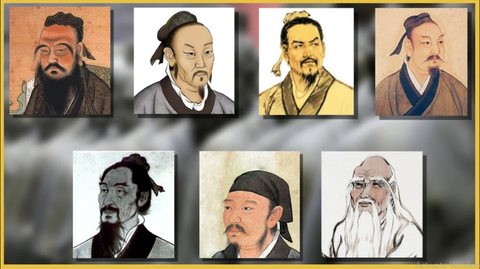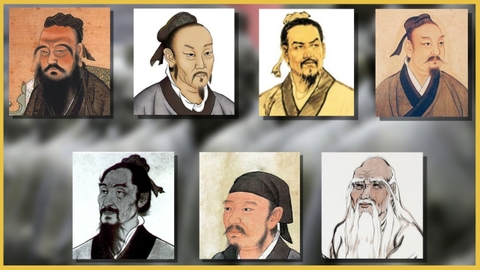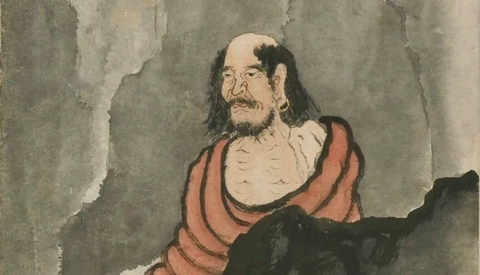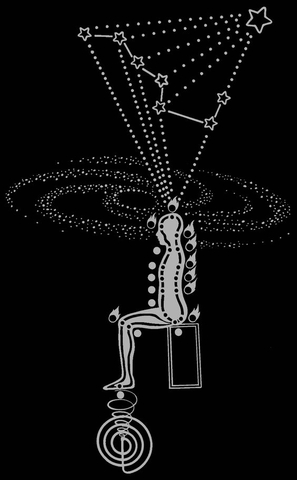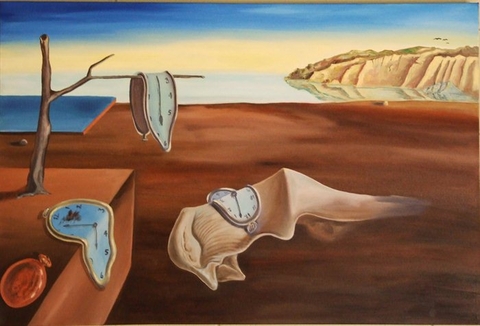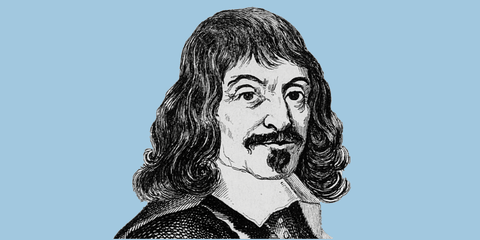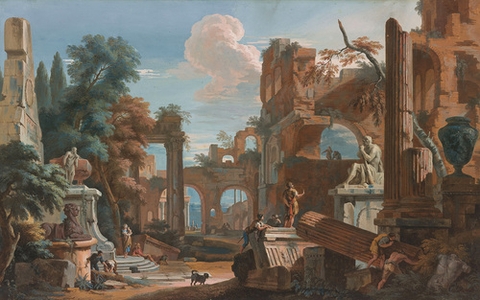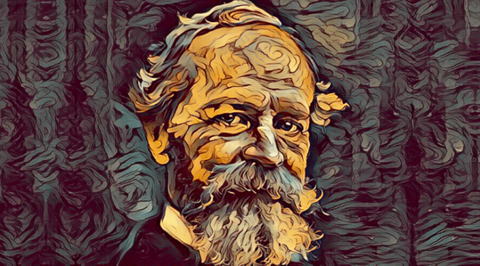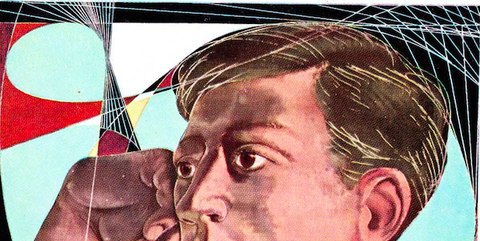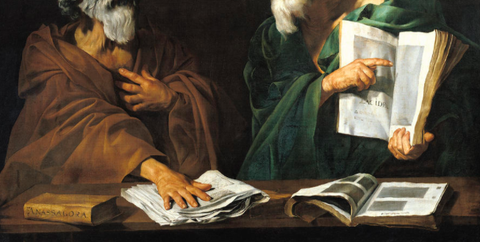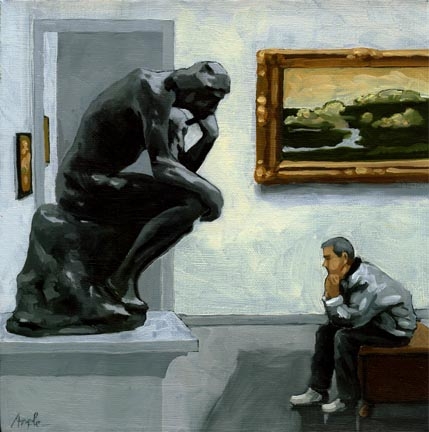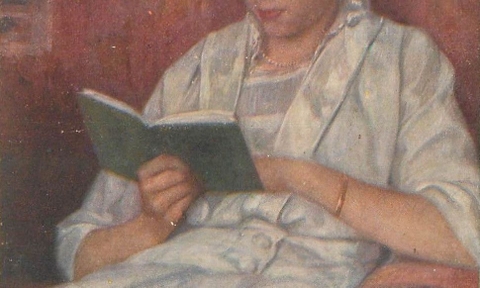Zhang Sheng Li is a rather strange name for Vietnamese readers. Even Chinese scholars rarely know him, but in China, Zhang Sheng Li's name is no stranger to readers of Ming Xi Daily. Zhang Sheng Li has worked with this newspaper for many years with various important positions after graduating from Fudan University in 1982. His works are also quite voluminous, most of which have not been published yet. translated into Vietnamese, and most specialize in the genre of reportage with historical nuances in the broadest sense of the word. Zhou Jiang’ story is a typical work of this genre. The main character of the work is Zhou Jiang, a living witness of modern Chinese history with many ups and downs, changes, objects and transformations "escape and change bones" (as the author said) go from this side of darkness and suffering to the other shore of prosperity and happiness. And the real journey is not over yet: the other shore is still far away, but it has been seen with relative clarity that the "stone probes" have stopped arguing with each other about the direction. Now they argue on other topics: What is sustainable development? Is ecological protection the responsibility of the government or the people? The current situation of "protecting one hand, destroying the other" is seriously degrading the ecological and natural resource management situation in China. And there are many other issues that belong to the unique specialty of China in the context of both industrializing and building a democratic rule of law that is compatible with the development momentum of society.
Author Zhang Sheng Li in this work presented the reform in Zhou Jiang area, whose main breakthrough was the Shenzhen Special Economic Zone (Shenzhen), in a relatively systematic, concise, and no lack of depth. It could be said that this is a piece of the history of Shenzhen during the most critical and vital period in the history of China. The Shenzhen, Zhuhai, and Shantou Special Economic Zones, according to the author's presentation, appear in the reader's eyes as birth attendants or laboratories in which all Chinese people are attentive and anxiously watching the birth of a new thought, a new product, a new generation. Shenzhen's process of pregnancy, birth, growth and maturity is the same as the general development of China in an attempt to break free from the lingering obsession of leftist thinking of the past via. Could China's lesson be also the lesson of Vietnam? Studying the reform history of modern China is not just to satisfy a need for theoretical knowledge: it can help those in leadership positions draw practical lessons, specific experience to apply to solving or forecasting problems of macroeconomic - social - ecological policy.
Judging a book must also be based on the intention of the work. Although it could not be explicitly stated, the intentions of the author and the work could be judged by the style and content of presentation as well as by the formal structure of the work. The book is very short (only 117 pages), full of color illustrations, and has no bibliography. The author also did not quote any experts during the presentation. Therefore, this work is aimed at the average reader, who likes to know but doesn't want to spend a lot of time, and doesn't want to be dizzy and headache because of complicated data, general readers. This book is of course not for the highly qualified. To go deeper, we recommend that readers refer to China in 2007-2008 (Editor Do Tien Sam, Publisher, Encyclopedia, Hanoi, 2008), The Pivotal Moment (Editor Hua Minh, Vietnamese translation by Dao Van Luu, People's Public Security Publishing House, Hanoi, 2003), China: The Great Asian Dragon by Daniel Burstein & Arne de Keijzer (Minh Vi translation, Encyclopedia Publishing House, Hanoi, 2008), Changing the class structure in China during the period of reform and opening up (Editor Phung Thi Hue, Social Science Publishing House, Hanoi, 2008), the 17th National Congress of the Communist Party of China: Theoretical Issues theory and practice (Editor Do Tien Sam, Social Science Publishing House, Hanoi, 2008), China's reforming and opening up (Edited by Nguyen Van Hong, World Publishing House, Hanoi, 2003), with China's ambition to become a superpower, how? (Ted Fishman, translated by Ngoc Tien, Culture and Information Publishing House, Hanoi, 2007), China Development Report: Situation and Prospects (Do Tien Sam, Owner of the Sea, World Publishing House, Hanoi, Vietnam). 2007). These are just a few typical examples in the vast forest of books written about the reform process in China today.
If there is a weakness in the author's presentation, it is certainly the dark areas, the negative aspects in the reform and renovation process are almost never mentioned, if any, it is also very important. sketchy, fleeting, as if the bright light of the reform had dazzled the author, unable to recognize the serious downsides of the current rapid development in China, which which Hua Ming presented very deeply in the book The Pivotal Moment. World events such as Sichuan earthquake, Chen Xitong and Wang Baosen incident, acid rain in Southern China, Increasing unemployment rate, and other socio-economic events, almost never mentioned or analyzed by the author. But, as said, with a work of such brevity and intent, we should not ask too much of the author, who has a more liberal aim: to present a brief history of thirty years of reform economy in Shenzhen.




